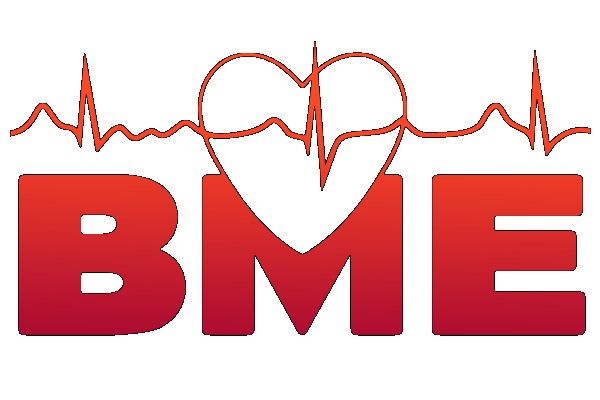Timetable of lectures:
1. Embedded control systems: basic specification and current trends in embedded systems, summary of microprocessor and microcontroller theory.
2. Microcontroller: core ARM Cortex M, microcontroller topology a specification.
3. Basic microcontroller configuration: clock signal, watchdog, JTAG, power supply system, reference voltages, package, basic configuration registers.
4. Configuration of input and output interface: configuration registers, electrical characteristic of a port, PORT and GPIO peripherals.
5. Interrupt system in ARM Cortex M, interrupt controller (NVIC), interrupt sources, priority, vector, handler. Internal connection of microcontroller peripherals.
6. Counters and timers: SysTick, periodic interrupt timers, advanced timers, real time timers, low-power timers.
7. Signal digitalization in microcontroller: AD converters and their configuration, synchronization, multiplexing and correct implementation.
8. Other analogue peripherals: DA converters and analog comparator.
9. Basic communication peripherals and their configuration: UART, I2C, SPI. Communication with external memory.
10. Advanced communication interfaces: USB, Ethernet and wireless communication standards.
11. Direct memory access (DMA): Usage methods and peripheral configuration.
12. Low-power methods: low power modes, duty cycling, wake-up scheduling.
13. Modern trends in embedded control systems, review of modern technologies.
14. Final lecture, summary of subject knowledge, preparation for exam.
The practical exercises in the laboratory will be in line with the lectures in the following areas:
- Basic introduction to ARM Cortex M technology and system configuration of a microcontroller
- Peripherals and their configurations: I / O interface, interrupt system, counters and timers, analogue-to-digital converters, digital-analog converters, analog comparators, UART, SPI, I2C interface, direct memory access.
- Implementation of tasks based on knowledge of peripherals, combination of peripheral use in application practice.
1. Embedded control systems: basic specification and current trends in embedded systems, summary of microprocessor and microcontroller theory.
2. Microcontroller: core ARM Cortex M, microcontroller topology a specification.
3. Basic microcontroller configuration: clock signal, watchdog, JTAG, power supply system, reference voltages, package, basic configuration registers.
4. Configuration of input and output interface: configuration registers, electrical characteristic of a port, PORT and GPIO peripherals.
5. Interrupt system in ARM Cortex M, interrupt controller (NVIC), interrupt sources, priority, vector, handler. Internal connection of microcontroller peripherals.
6. Counters and timers: SysTick, periodic interrupt timers, advanced timers, real time timers, low-power timers.
7. Signal digitalization in microcontroller: AD converters and their configuration, synchronization, multiplexing and correct implementation.
8. Other analogue peripherals: DA converters and analog comparator.
9. Basic communication peripherals and their configuration: UART, I2C, SPI. Communication with external memory.
10. Advanced communication interfaces: USB, Ethernet and wireless communication standards.
11. Direct memory access (DMA): Usage methods and peripheral configuration.
12. Low-power methods: low power modes, duty cycling, wake-up scheduling.
13. Modern trends in embedded control systems, review of modern technologies.
14. Final lecture, summary of subject knowledge, preparation for exam.
The practical exercises in the laboratory will be in line with the lectures in the following areas:
- Basic introduction to ARM Cortex M technology and system configuration of a microcontroller
- Peripherals and their configurations: I / O interface, interrupt system, counters and timers, analogue-to-digital converters, digital-analog converters, analog comparators, UART, SPI, I2C interface, direct memory access.
- Implementation of tasks based on knowledge of peripherals, combination of peripheral use in application practice.
